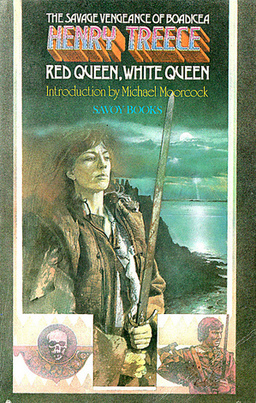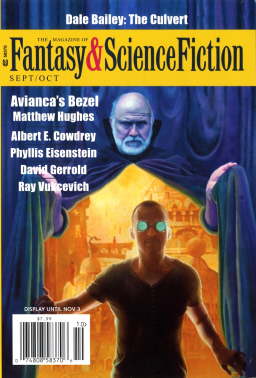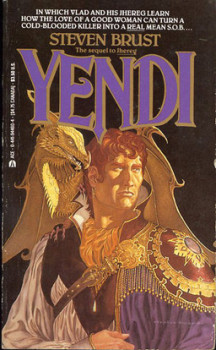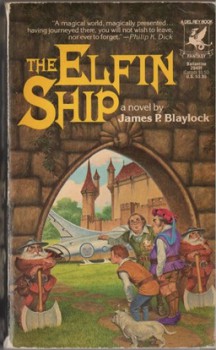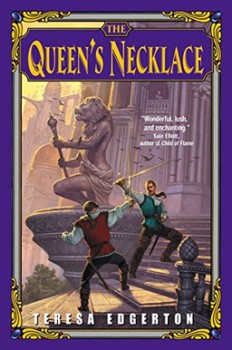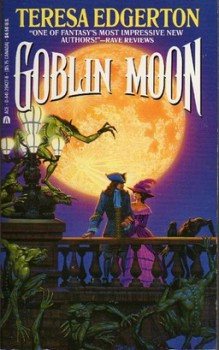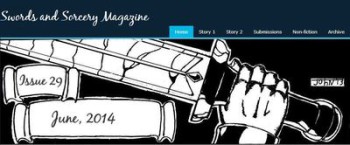On the Road to Khurdisan: Brak the Barbarian by John Jakes
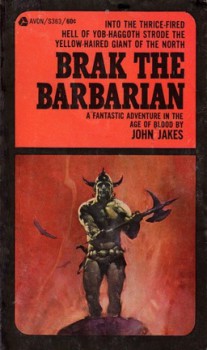 For people of a certain age (the pushing-fifty crowd) John Jakes is probably best known for The Kent Family Chronicles, his massive series of massive books about American history and the mini-series made from the first one, The Bastard. Hearing that title said out loud on TV was a pretty shocking thing for us kids back in 1978.
For people of a certain age (the pushing-fifty crowd) John Jakes is probably best known for The Kent Family Chronicles, his massive series of massive books about American history and the mini-series made from the first one, The Bastard. Hearing that title said out loud on TV was a pretty shocking thing for us kids back in 1978.
It wasn’t until I was a little older that I discovered John Jakes had started his career as a real journeyman pulp writer. While working in advertising, he wrote science fiction, westerns, mystery, and horror stories for all the major genre magazines. His name appears on the contents page of Fantastic Adventures and Amazing Stories, as well as Tales of the Frightened (easily one of my favorite titles for anything ever).
While Robert E. Howard had created the basic template for swords & sorcery back in the 1930s, it wasn’t until several decades later that the genre really exploded. Fritz Leiber and Sprague de Camp labored throughout the 50s, but it’s in the early 60s that S&S really takes off. Suddenly, Lin Carter’s writing his Howard/Edgar Rice Burroughs mashups, Michael Moorcock’s inverting and mocking many of the field’s cliches while still writing exciting tales, and Andre Norton is expanding S&S’s vison beyond the too-common male thud and blunder.
In 1963, with “Devils in the Walls” published in Fantastic, Jakes introduced his own barbarian hero, Brak. In a 1980 preface to a new editon of the first collection of stories, Brak the Barbarian (1968), he wrote:
It was in the role of dedicated Conan fan that I wrote the first Brak tale, Devils in the Walls. In spirit, anyway, the story was a Howard pastiche, and I have acknowledged the fact more than once.
